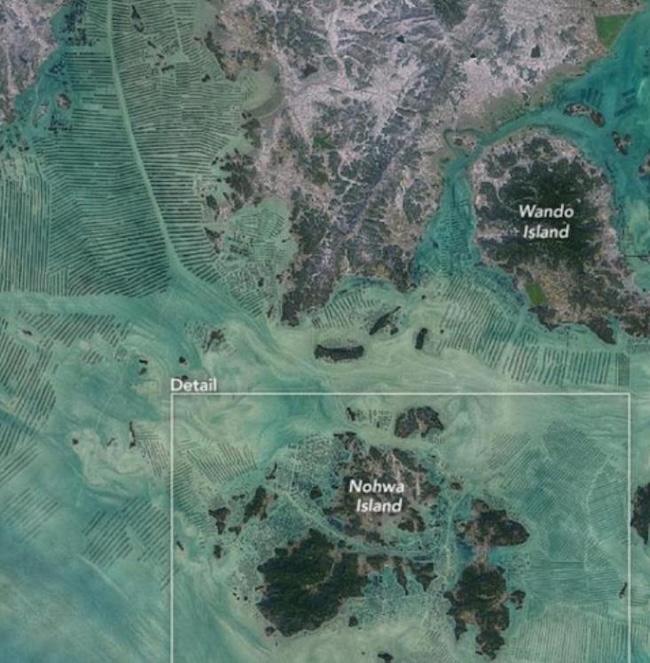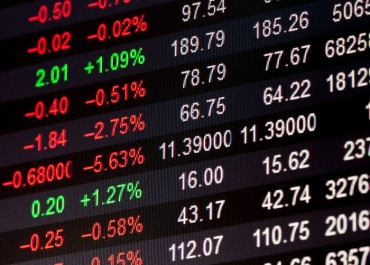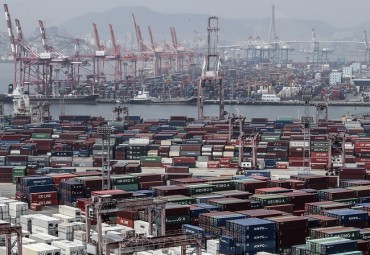
NASA unveiled satellite images capturing the seaweed farms in Wando, South Jeolla Province, South Korea, recognized as a leading exporter of red algae. (Image courtesy of Yonhap)
WANDO, Nov. 13 (Korea Bizwire) – Seaweed farming along South Korea’s southern coast has drawn attention from the National Aeronautics and Space Administration (NASA) as a promising model for planetary conservation, experiencing a notable surge in exports.
Approximately two years ago, NASA unveiled satellite images capturing the seaweed farms in Wando, South Jeolla Province, South Korea, recognized as a leading exporter of red algae. This release ignited widespread recognition for Wando’s seaweed, underscoring South Korea’s position as the primary global exporter of Pyropia, a type of red algae.
Notably, NASA highlighted the cultural significance of seaweed in South Korea, where it’s consumed in dishes like miyeok-guk, a type of seaweed soup known for aiding postnatal recovery and served as a customary birthday dish.
The environmental advantages of seaweed farming are gaining attention due to its minimal requirement for fresh water and fertilizer. Additionally, it’s known to aid in carbon removal from the atmosphere, with nearshore algae demonstrating a significant capacity for carbon absorption.
Seoul National University professor Kim Jong-sung revealed that these algae can absorb substantial amounts of carbon, equating to the emissions of thousands of passenger cars annually.

Governor of Wando County delivers medal of appreciation to NASA (Image courtesy of Wando County Office)
Wando, South Korea’s 10th-largest island, with its favorable climate and suitable conditions for kelp farming, has emerged as a key global producer, credited to its eco-conscious farming practices and the exceptional benefits of its seaweed.
Recent data released by Wando County indicates a 10 percent increase in seafood exports compared to last year, with ongoing interest from various global markets. The exported seaweed encompasses a variety of types, including frozen, dry, and seasoned seaweed, with notable increases in dry and seasoned seaweed exports.
Leading export destinations for Wando seaweed include Japan, China, Vietnam, the United States, Cambodia, Hong Kong, Taiwan, Canada, and Poland. This growth of exports has triggered increased international interest, attracting visits from seaweed industry workers from countries like the United Kingdom, the United States, and Canada to Wando’s seaweed farms.
The pivotal attention from NASA via images and articles featuring Wando’s seaweed farms on its Earth Observatory site sparked widespread recognition of the value and eco-friendly methods employed.
This recognition led to Wando officials expressing gratitude by presenting an appreciation plaque to visiting NASA representatives during the Korea-U.S. Space Forum.
Governor Shin Woo-cheol of Wando County highlighted the crucial role of seaweed as a carbon sink in the era of carbon neutrality, suggesting collaborative efforts to certify seaweed as a carbon sink. He emphasized the substantial significance of NASA’s recognition, laying a robust foundation for Wando’s seaweed industry development.
Ashley Song (ashley@koreabizwire.com)






